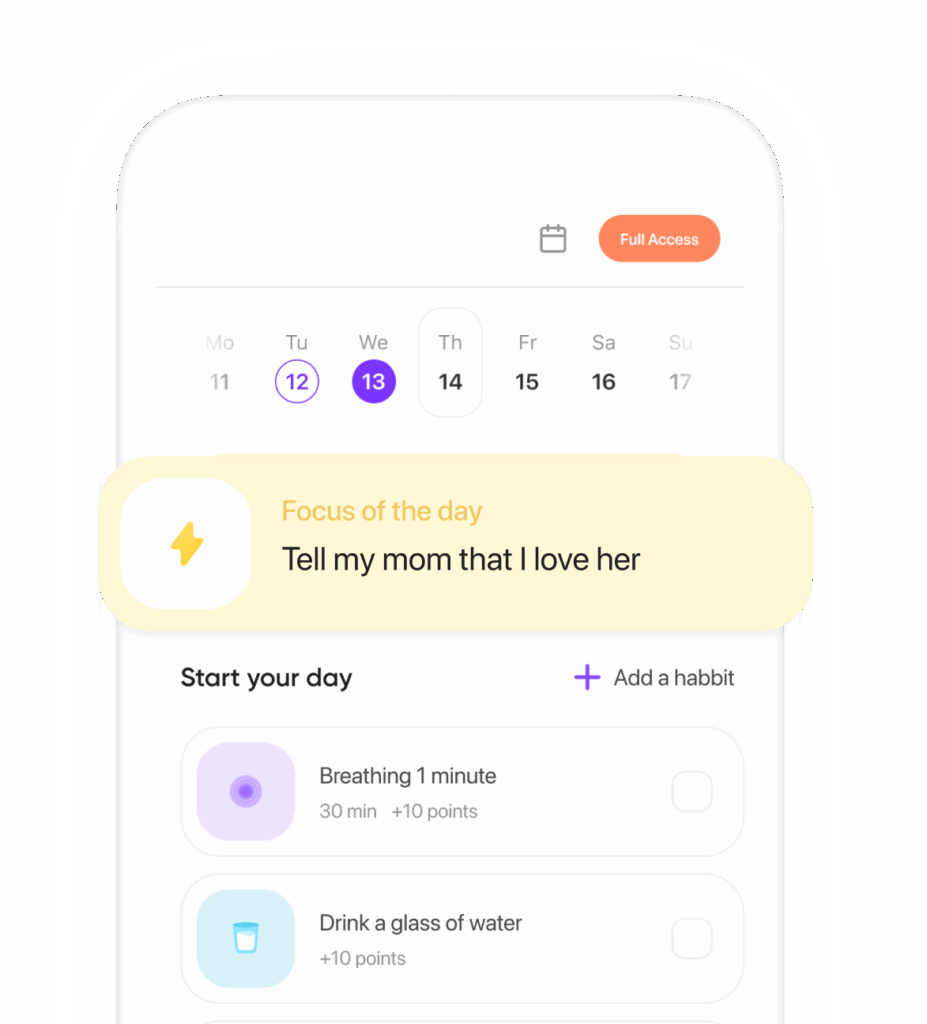Table of Contents
Understanding PTSD
Before diving into the world of journaling, it’s essential to grasp what PTSD truly means. As outlined by the National Institute of Mental Health, PTSD develops in some individuals after they’ve encountered a shocking, frightening, or perhaps perilous incident. While it’s quite normal to feel fear during or after such events, people with PTSD experience stress or fear even when no immediate threat exists.
Symptoms of PTSD
The American Psychiatric Association describes four principal categories of PTSD symptoms:
- Intrusive Memories: These entail frequent, unwanted recollections of the trauma, including vivid flashbacks and unsettling nightmares.
- Avoidance: An active effort to sidestep thinking or talking about the distressing event.
- Negative Changes in Thinking and Mood: This can manifest as feelings of negativity towards oneself or others, hopelessness, forgetfulness, and difficulty maintaining personal connections.
- Changes in Physical and Emotional Reactions: This includes being easily startled, always on high alert, engaging in self-destructive behaviors, and experiencing disruptions in sleep and irritability.
The Science Behind Journaling for PTSD
Journaling isn’t just a fad that comes and goes; it has deep roots in psychological therapies. Numerous studies affirm the benefits of expressive writing for mental health, particularly for those grappling with PTSD.
Expressive Writing and PTSD
Back in the mid-’80s, researchers like Pennebaker & Beall (1986) introduced expressive writing, a method entailing detailed accounts of traumatic events and emotions for a set period. This writing style has notably reduced PTSD symptoms. Writing about such experiences can lead to decreased anxiety and enhanced mood—a significant stride, wouldn’t you agree?
Moreover, a meta-analysis conducted by Frisina, Borod, & Lepore (2004) demonstrated that expressive writing improves health outcomes, thereby underscoring its merits as a therapeutic outlet.
Journaling Techniques for PTSD Relief
1. Free Writing
Free writing encourages an uninterrupted flow of thoughts, granting catharsis to the writer. The process doesn’t demand perfect grammar or spelling—just straightforward expression.
How to Practice Free Writing
- Set a Timer: Begin with ten-minute intervals, gradually increasing as comfort builds.
- Write Non-stop: Avoid pausing; let thoughts cascade freely.
- Reflect: Post-writing reflection can reveal surprisingly subconscious revelations.
2. Guided Journaling Prompts
For newcomers, guided prompts provide direction and can unearth insights into one’s PTSD.
Sample Prompts
- Describe a safe haven where you find tranquility.
- Compose a letter to your past self following the traumatic episode.
- Recount a moment of pride you felt despite dealing with PTSD.
3. Gratitude Journaling
Gratitude journaling shifts one’s attention from negativity to life’s positives, a critical shift for those with PTSD.
How to Start
- Daily Entries: List three daily gratitudes.
- Be Specific: Instead of a general “I’m thankful for family,” try “My sister’s call today brought me joy.”
According to research by Emmons & McCullough (2003), cultivating gratitude can boost well-being and lessen PTSD symptoms by promoting a positive outlook.
4. Art Journaling
Art journaling fuses visual creativity with writing, providing an alternative for those less inclined to verbal articulation.
Tips for Art Journaling
- Use Mixed Media: Experiment with paints, colored pencils, and collages.
- Focus on Emotions: Let colors and images mirror your emotions.
- Reflect in Writing: Document the art-making journey and its significance.
5. Cognitive Journaling
Anchored in cognitive-behavioral therapy (CBT) principles, cognitive journaling identifies and reframes negative thinking patterns.
Steps to Practice
- Identify Negative Thoughts: Capture distressing thoughts as they arise.
- Challenge the Thoughts: Scrutinize these thoughts for factuality. Is there another perspective?
- Reframe the Thoughts: Replace negativity with realistic positivity.
Sloan & Marx (2004) found that cognitive journaling facilitates cognitive restructuring, enabling those with PTSD to manage their thought processes more effectively.
6. Narrative Therapy Journaling
This method uses personal storytelling to cast experiences in a more positive light.
How to Use Narrative Therapy in Journaling
- Write Your Story: Include not just the traumatic event, but also your post-event growth.
- Find the Strengths: Recognize the fortitude and resources you wielded.
- Reframe the Narrative: Shift from victimhood to survivorship.
Implementing Journaling into Daily Life
1. Establish a Routine
Make journaling a consistent part of your day. Find a time that suits you and adhere to it.
2. Create a Safe Space
Designate a comfortable, distraction-free writing spot—whether it’s a home corner or a nearby park nook.
3. Use Journaling Apps
Consider digital journaling tools for those who prefer typing. They’re replete with prompts, reminders, and even mood tracking.
4. Be Patient
Journaling is a journey, not a quick fix. Patience pays off—trust the process.
Potential Challenges and Solutions
1. Emotional Overwhelm
Writing on trauma can be daunting. If overwhelmed, pause, breathe, and return later.
2. Writer’s Block
If you’re stumped, try a simple prompt or dive into free writing to loosen the mental logjam.
3. Privacy Concerns
Ensure your journal’s privacy, opting for digital, password-protected journals if necessary.
Conclusion
Journaling is versatile and accessible for managing PTSD symptoms—through expressive writing, art, or cognitive journaling, each method offers a unique therapeutic advantage. With regular practice, individuals can discover insight, reduce stress, and cultivate resilience.
Embark on your journaling journey with the Habyy app, tailored for mental well-being through personalized prompts. Learn more about Habyy and integrate journaling into your healing routine.
Ready to transform your life? Install now ↴
Join 1.5M+ people using AI-powered app for better mental health, habits, and happiness. 90% of users report positive changes in 2 weeks.
